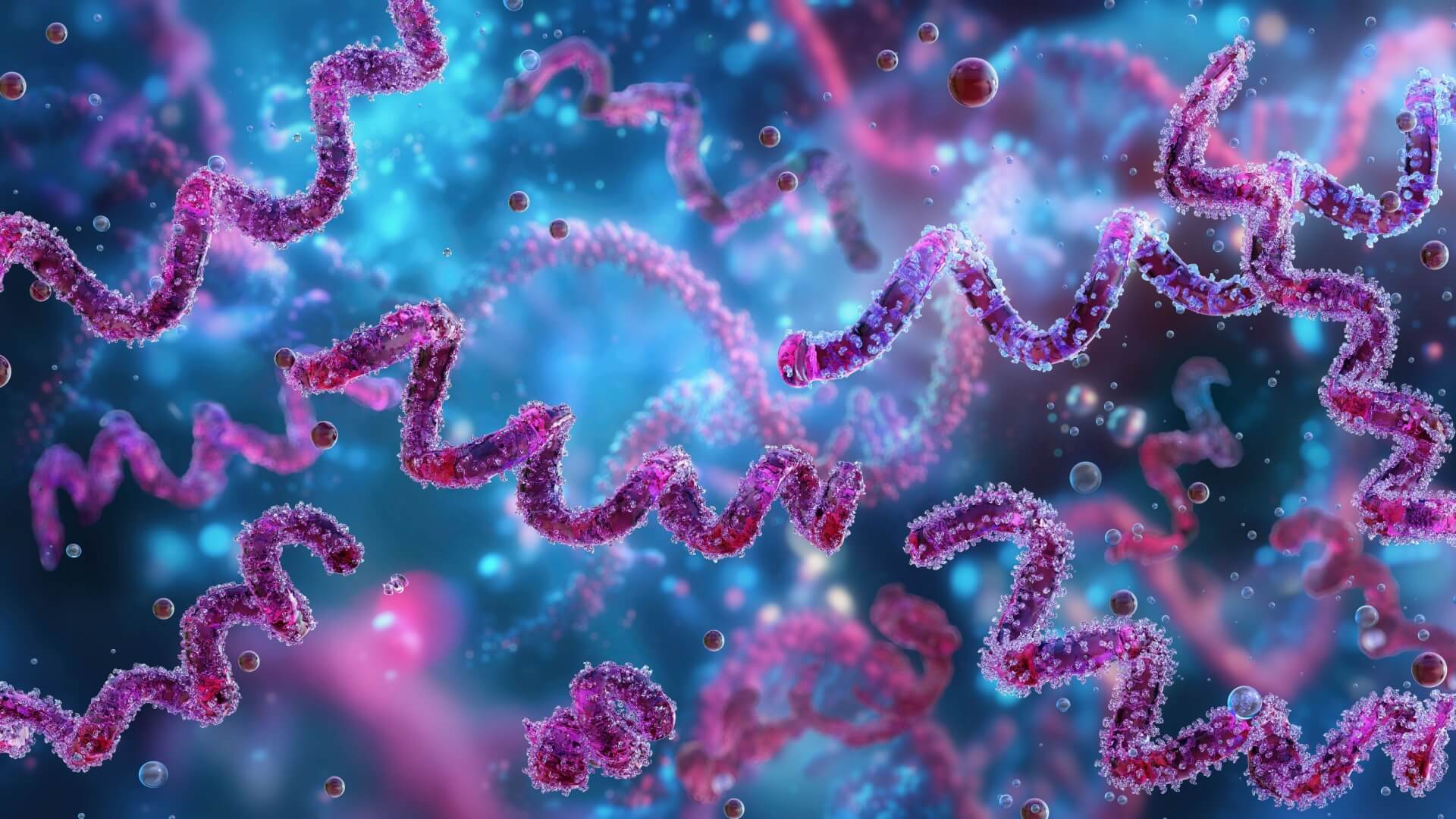June 11, 2025
Understanding the Four Stages of Pathogenesis
Pathogenesis refers to the biological processes by which pathogens, like bacteria and viruses, cause disease in a host. It’s central to understanding why infections occur and how we can intervene with treatment. The process is typically broken down into four distinct stages: exposure, adhesion, invasion, and infection. Each stage represents a critical step pathogens must complete to establish and spread disease.
Gladiator Therapeutics provides an in-depth look at these stages, followed by an exploration of how our innovative treatment treats specific stages with its cutting-edge far-infrared technology.
Stage One – Exposure (Contact)
Exposure, also referred to as contact, is the first stage of pathogenesis. This is the moment when a pathogen enters the host’s body. For an infection to occur, the pathogen must find a route into the host through various points of entry.
Common Routes of Entry:
- Respiratory Tract: Many airborne pathogens, like influenza viruses, gain entry through inhalation.
- Skin: Cuts, abrasions, or breaches in the skin can allow bacterial infections like Staphylococcus aureus to penetrate.
- Gastrointestinal Tract: Contaminated food or water introduces pathogens like Salmonella or E. coli through ingestion.
Each of these routes exposes the host to potential infection, but the immune system often serves as the first line of defense, neutralizing many pathogens before they proceed further.
Stage Two – Adhesion (Colonization)
Once a pathogen enters the host, it begins to establish itself by adhering to host cells. This stage, known as adhesion or colonization, is crucial for the pathogen to avoid being flushed out of the body.
How Pathogens Attach
Pathogens use specific adhesion factors such as pili, fimbriae, or specialized protein receptors to bind to host cells. These receptors act as “lock-and-key” mechanisms, ensuring that pathogens adhere tightly to specific tissues or cells.
Example
- Helicobacter pylori adheres to the stomach lining using specific adhesion proteins, enabling it to colonize and cause ulcers.
Following successful attachment, pathogens begin to multiply at the site of entry, creating colonies. This colonization phase sets the groundwork for the next step in pathogenesis.
Stage Three – Invasion
During the invasion stage, pathogens penetrate deeper into the host tissues, gaining access to new areas and evading the immune system’s initial response. This is often accomplished through specialized mechanisms like induced endocytosis, where pathogens trick host cells into engulfing them.
Mechanisms of Spread:
- Induced Endocytosis: Bacteria such as Salmonella use this process to enter cells.
- Tissue Breakdown Enzymes: Pathogens release enzymes like hyaluronidase to break down cellular barriers and move deeper into the host.
Once inside, pathogens exploit the host’s cellular machinery to replicate and spread further. This stage not only helps pathogens bypass immune defenses but also sets the stage for more significant damage during infection.
Stage Four – Infection
The final stage, infection, is where the pathogen multiplies extensively, leading to damage, symptoms, and dysfunction in the host. Depending on the severity and spread, infections are categorized as:
- Local Infection: The pathogen remains confined to the point of entry (e.g., a skin abscess).
- Focal Infection: The pathogen spreads from the initial site to another localized area.
- Systemic Infection: The infection spreads throughout the body via the blood or lymph, as seen in diseases like sepsis.
Evading the Immune System
Pathogens often deploy strategies to evade detection. For instance, some bacteria produce capsules that prevent immune cells from recognizing them, while viruses like HIV actively suppress the immune response.
The infection stage represents the culmination of the pathogenesis process, where the pathogen disrupts the host’s body systems. It also highlights the importance of early interventions to prevent or minimize damage.
Gladiator Therapeutics and Far-Infrared Technology
Understanding the stages of pathogenesis is critical, but preventing or mitigating their effects is equally important. This is where innovations like those developed by Gladiator Therapeutics come into play. Our company specializes in using far-infrared (FIR) technology to address medical conditions with limited treatment options.
What is Gladiator Therapeutics’ FIR-based RBR Technology?
Gladiator Therapeutics collaborates with Dr. Albert Wey, the inventor of the FIR-based Reaction Barrier Reduction (RBR) technology. His research revealed that FIR, within a 3–16 micron wavelength, can be absorbed by most molecules. This process helps cells:
- Absorb energy more efficiently.
- Eliminate waste products faster.
- Regain natural balance, or homeostasis.
The technology focuses on cellular regeneration, offering a new frontier for treating conditions caused by pathogens, particularly in settings where conventional treatments have limited effectiveness.
Benefits of FIR Technology in Pathogenesis
- Enhanced Recovery: FIR helps repair damaged tissues and bolster the immune system’s ability to combat infections.
- Supportive Care: It can be used alongside existing therapies to improve outcomes for patients.
By focusing on cellular health, Gladiator Therapeutics is pioneering approaches that could revolutionize how we address diseases caused by pathogenic infections.
How Understanding Pathogenesis Helps Fight Disease
The four stages of pathogenesis offer a framework to understand how diseases develop and spread. Each stage represents a potential point of intervention, from preventing exposure with hygiene practices to disrupting adhesion with targeted therapies.
Innovative technologies like Gladiator Therapeutics’ far-infrared technology further enhance our ability to tackle infectious diseases by supporting cellular repair and recovery.
To unlock the potential of these advancements and learn more about how they can transform infection treatment, explore Gladiator Therapeutics’ solutions today. Contact us to learn more.

